Shades of white
All the content in this website is licensed under a CC BY-NC-SA 4.0 Creative Commons License. Feel free to use what you want without any commercial use. Gabriel Llinàs, 2015.
Kulturni Centar Magacin
Belgrade (Serbia)
2020
Shades of white presents an artistic research on the multilayered historical evolution of Belgrade, focusing on its architectural heritage as a device to understand its inhabitants’ behaviors, traditions and relations with urban space. The framework of the research goes from the Roman occupation of Singidunum at the IV century to nowadays, paying attention to crutial episodes underlying Belgrade, the city under which more battles have been waged, as affirmed by The British Encyclopedia of Cities. To deepen into this background, the project departs from an speculative exploration of the slavic name Beograd (The White City), which dates back to the IX century, in spite that no clear evidence of its origin has been found.
The uncertain reason of the name becomes an excuse to explore its identity in a wider and more experimental way, understanding the city as a melting-pot. In this sense, the project holds a tension between white, conceived as a peaceful and stable colour, and the city’s endless history of conflicts and enigmas.
Thus, the proposal presented at Magacin’s main space has been developed through two main axes. On the one hand, a fieldwork based on several walking drifts around the city has been planned. This has enhanced a more personal and direct approach to the different neighbourhoods and landmarks, as well as the opportunity to spread the project in an expanded network, engaging its inhabitants while sharing different perspectives about the city’s landscape.
On the other hand, these observations have inspired a body of works (paintings, photographies and found materials) which end up creating a rhizomatic cartography of today’s Belgrade, from the dialogue between such concepts as construction-destruction, visible-hidden, past-present.
Biel Llinàs
The body of works Biel Llinàs created during his artist in residence in Belgrade and his research during that time includes various approaches and materials. Works are diverse and bring a different perspective to the same well-known themes many artists who are coming to Belgrade, are intrigued by. His work goes beyond a cliche exoticizing view of the country’s history and his exploration of the concepts such as past and present, construction-destruction brings a dialog with the audience.
The artist is choosing different elements intuitively from the new surroundings and adopting spontaneously and integrating those new materials into his artworks. His work is also being influenced by the ideological context. All this brings a fresh perspective for both sides, locals who are unaware of the ideological frame and for the artist who is reexamining presuppositions and views he had before he arrived to Belgrade.
He is bringing to attention the contrast, which is present in every aspect of the city. In the photographs for example the old vs. new, hidden and visible, construction-destruction. Using found materials such as stones and pavement tiles, he treated them as special gems, cleaning and washing each he chose to bring to the studio, and in a way creating the ritual to transform them, giving them new life with the new context.
In Tracing white, an action-based tour, a white limestone was carried by the artist more than 20km (from Kalemegdan to Zemun and back) engaging this constructive material in the reexamination of historical context and today’s symbolical and personal background of all who took part in it.
Collection of stones can be viewed and read in many different ways, like a group of people with distinct characters, or a group of buildings and depending on a composition creating a cityscape as in this art installation. The contrast between white and black stones can be viewed as a contrast between black granite stones, often used as cemetery gravestones, and also used in new pavements all over the renovated areas of the city, and white limestone used to create the old fortress, naming the city Beograd (white city).
Referring to the fact that the city is not white for a long time we can look at the white letters Beograd, a site-specific intervention in the Cyrillic alphabet on the dirtiest wall of the gallery. Cyrillic alphabet is used also in the book Belgrade through the centuries, found in and old bookstore in Belgrade downtown. It seems like a coded system that hides meaning from the artist, but it reveals an abundance of information about the city for those who can understand it.
And finally the broken plate, with possible multiple ways of reading. Serbian believe that breaking the porcelain/glass brings good luck to those who broke it, while Spanish expression “nunca ha roto un plato” points out the innocence and responsability of those who have never broken one.
Gordana Zikic
Project supported by Homesession (Barcelona) and Belgrade AIR (Serbia), throughout the Exchange / Belgrade residency grant. With the collaboration of Institut Ramon Llull and Institut d’estudis Baleàrics.

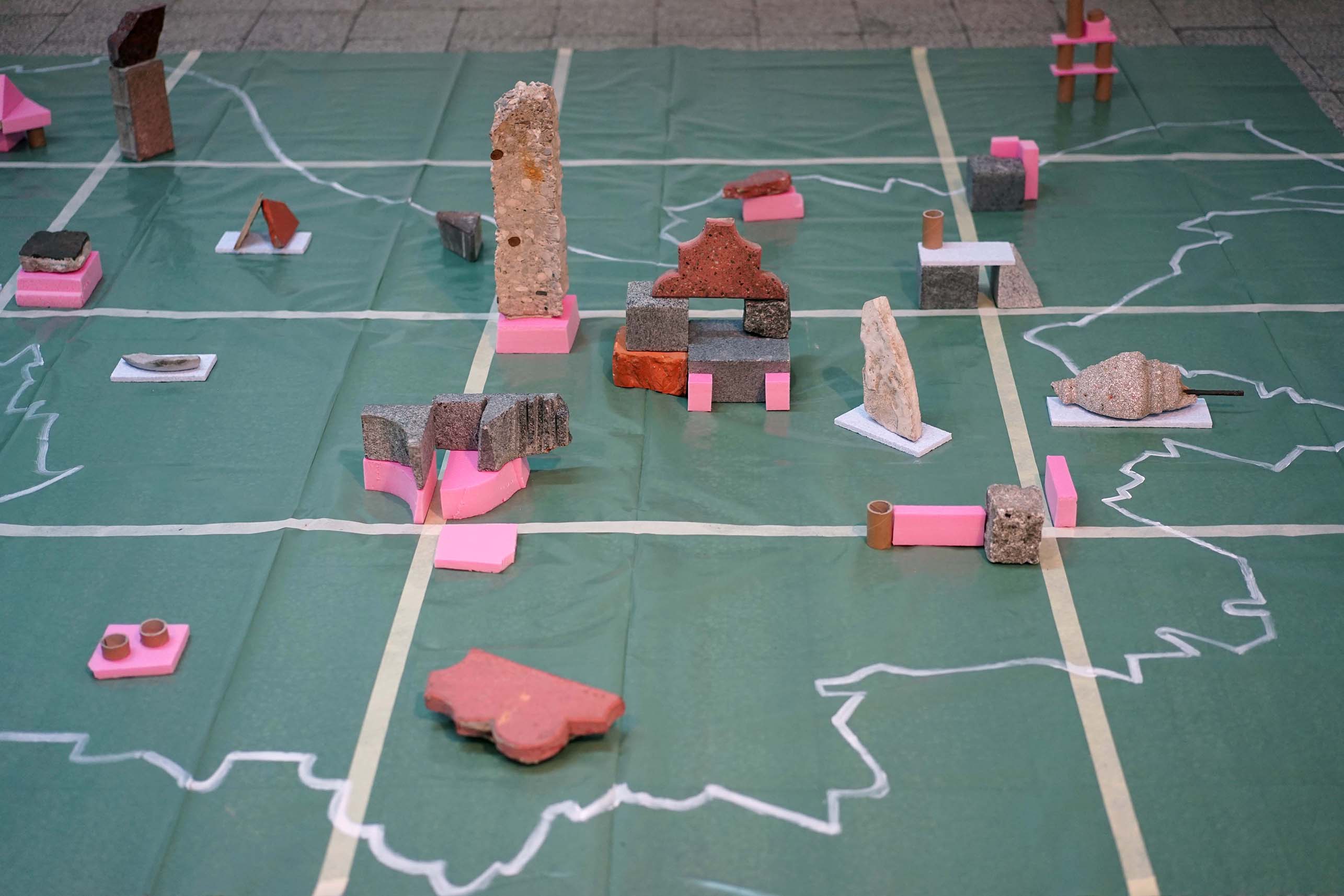
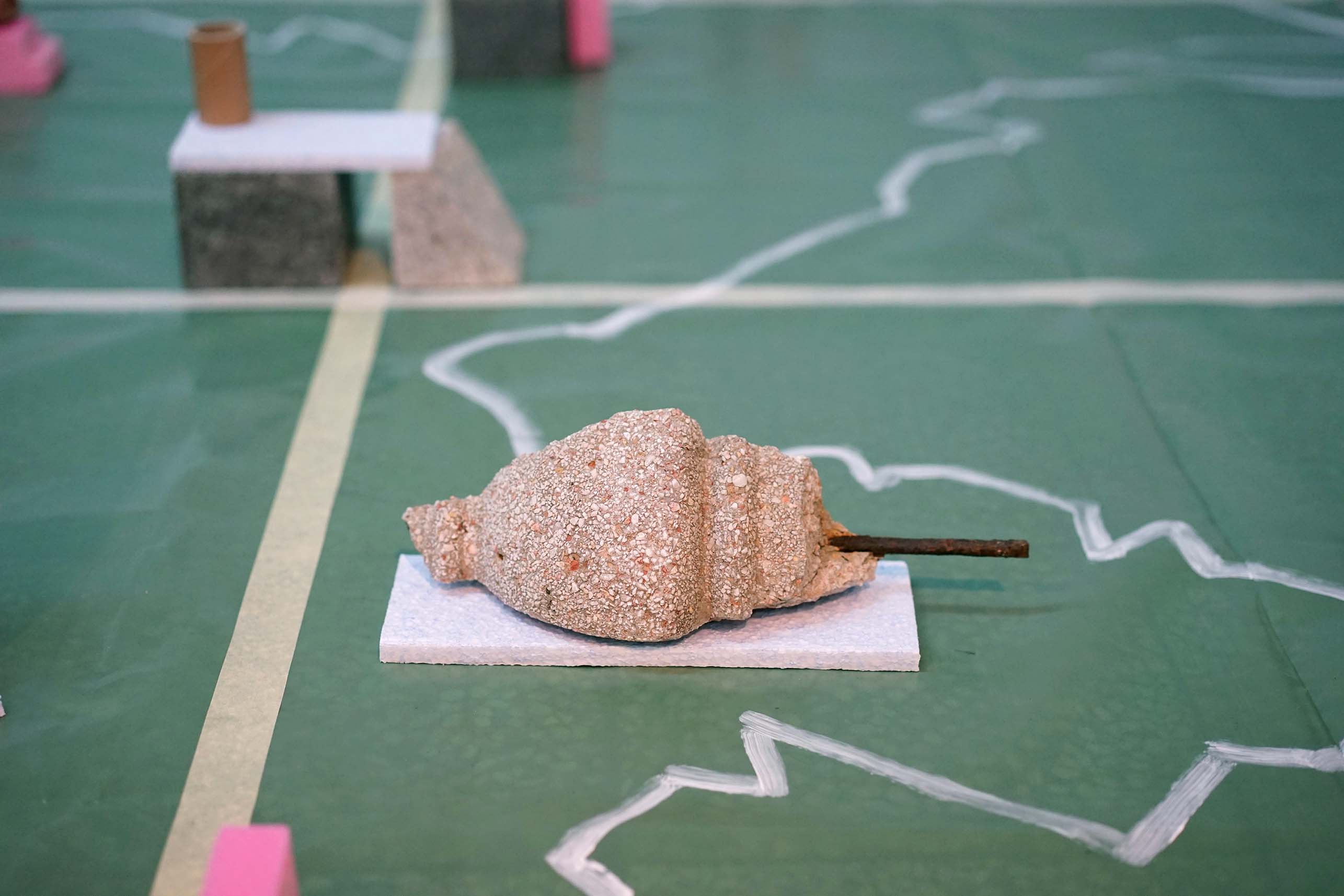

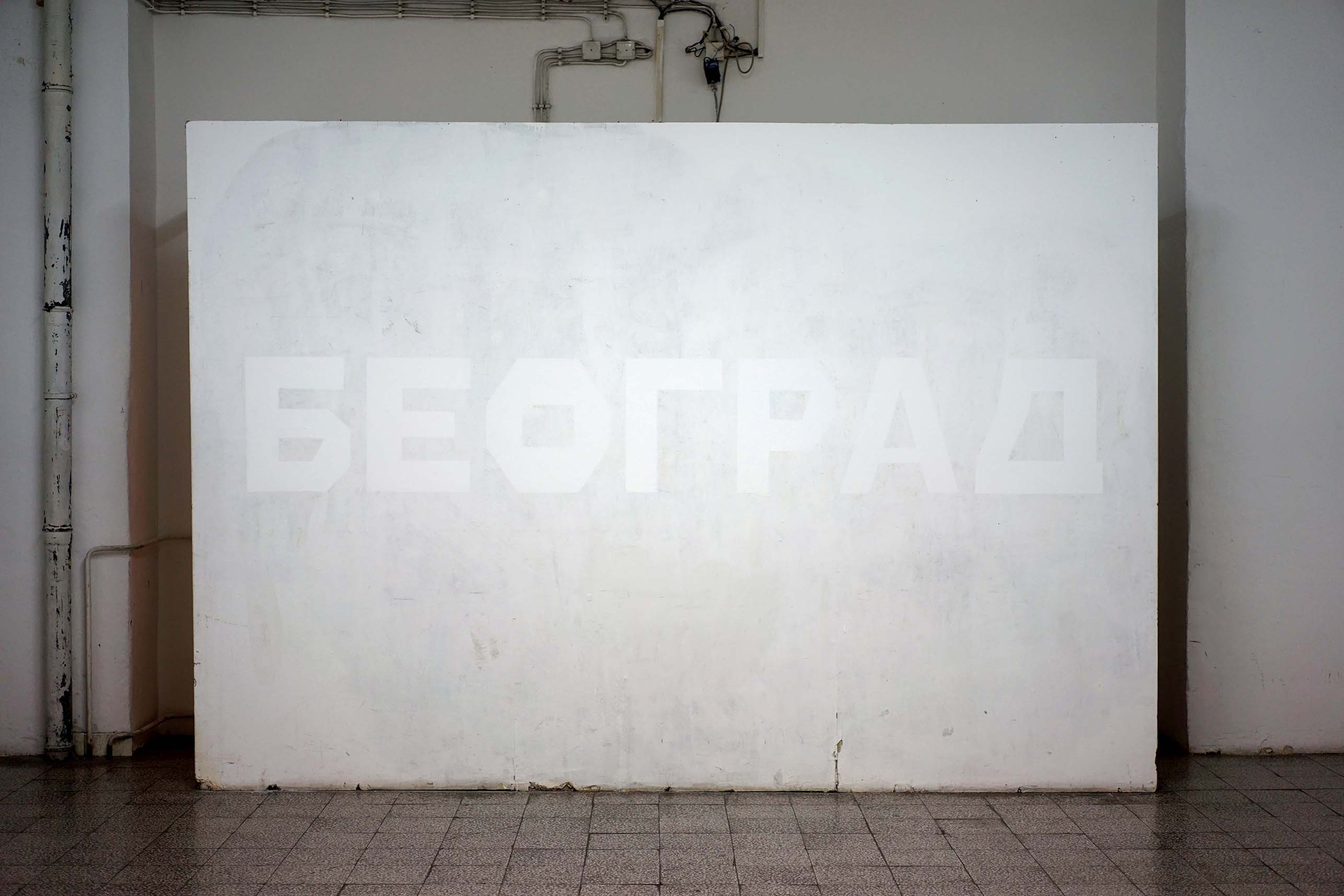

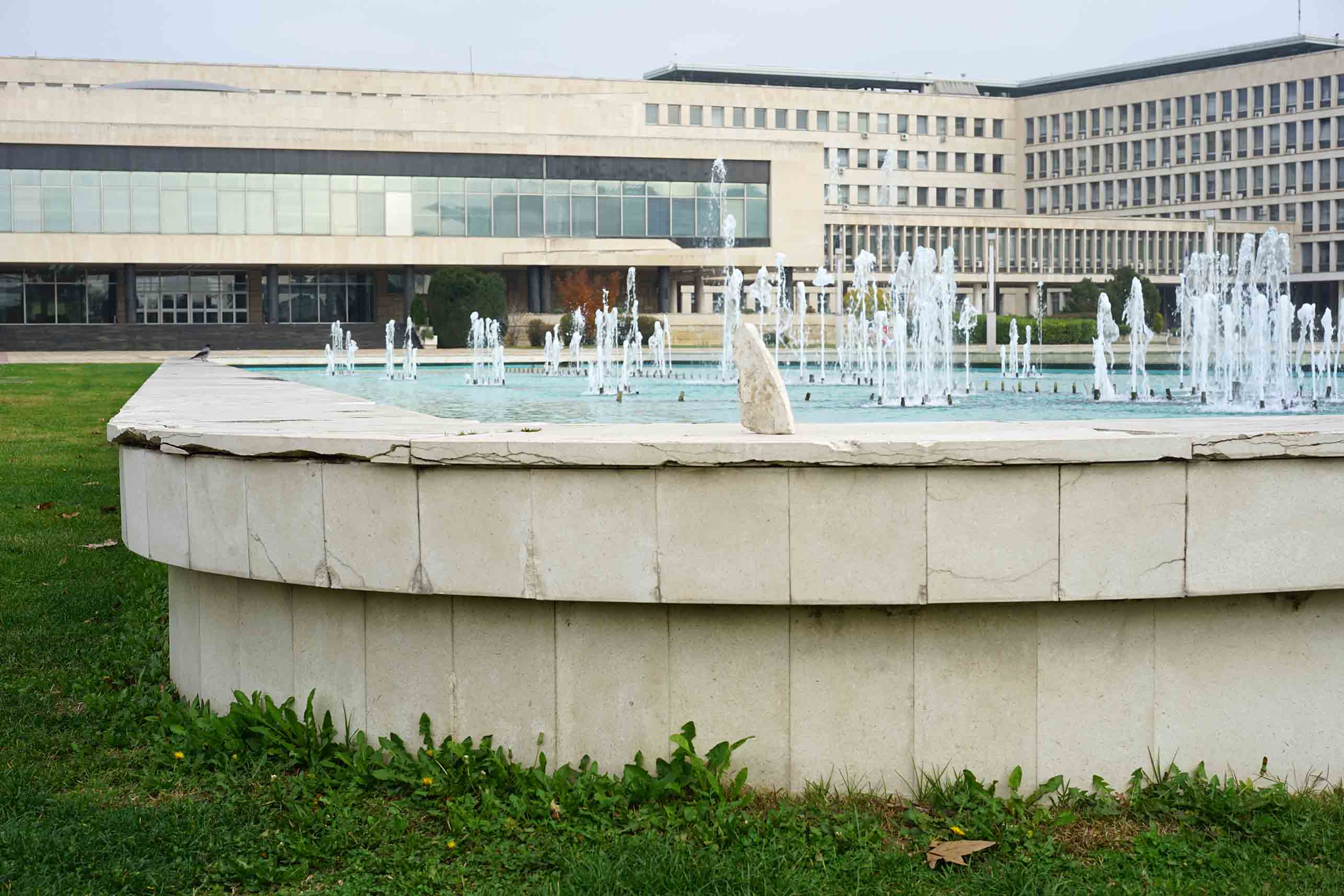
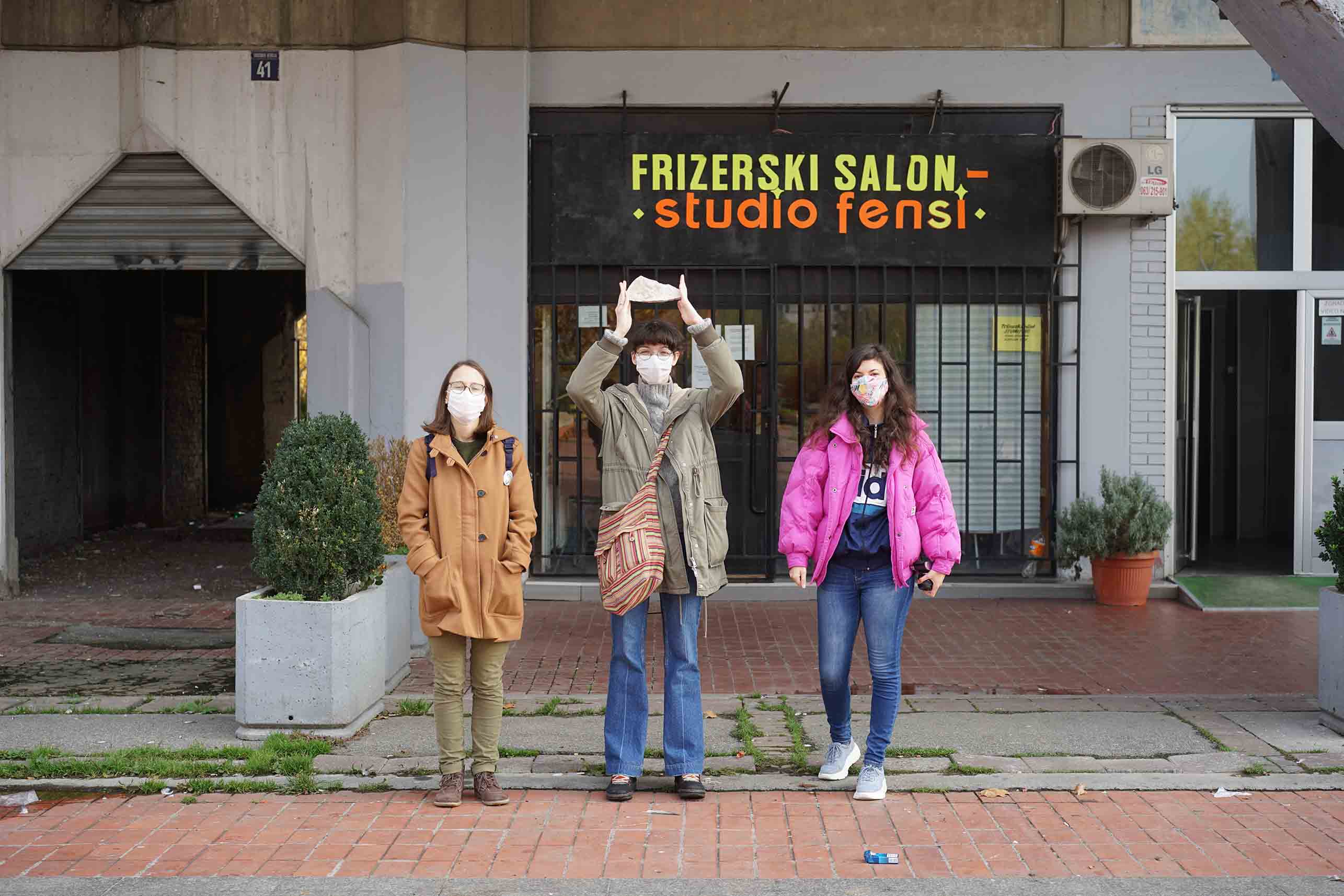

homesession
belgradeartistinresidence
+ INFO